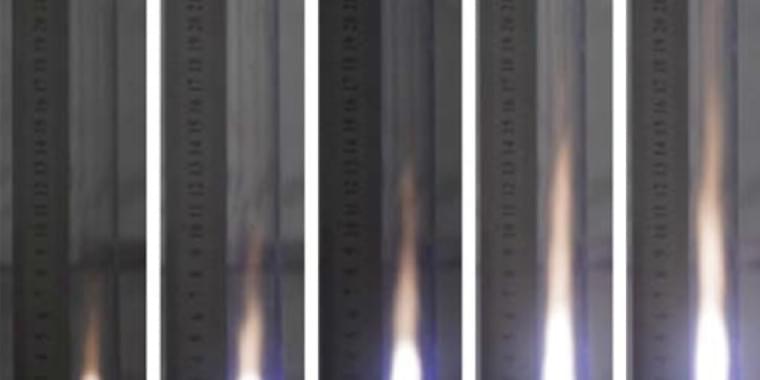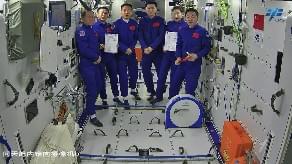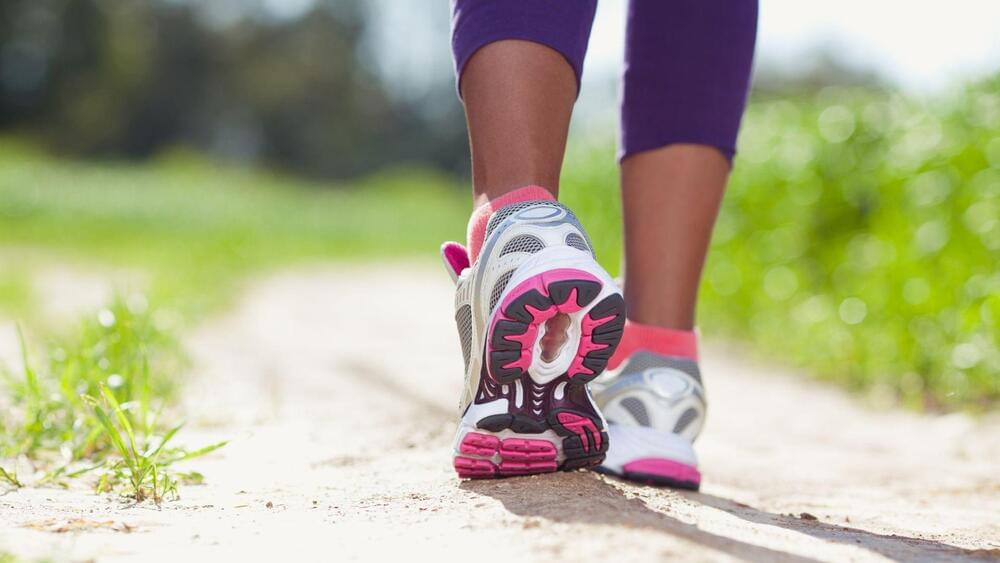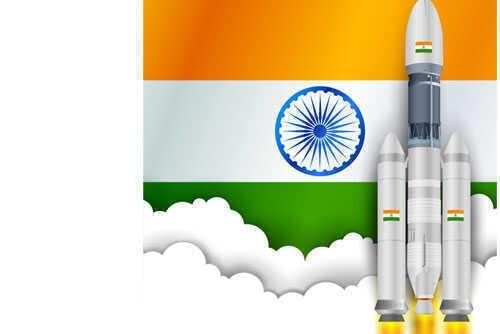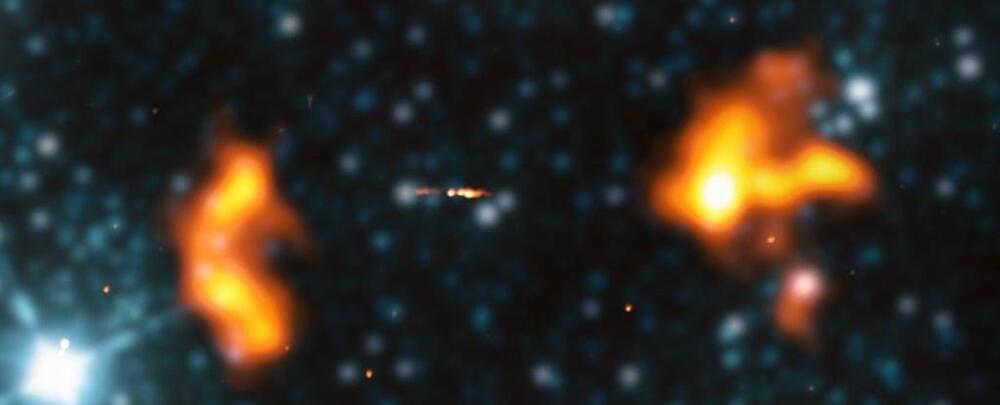Year 2020 face_with_colon_three Propellant free thruster.
I usually approach papers on the subject of alternative thrusters with a certain degree of cynicism. But we’ve finally been given a study on microwave thrusters that doesn’t rely on impossible physics. Instead, it used a plain old plasma thruster.
Plasma thrusters have generally been thought of as a means of propulsion in space, but now one has been designed to operate under atmospheric conditions. According to the researchers involved, it’s an air plasma thruster that has the potential to produce the same thrust as a commercial jet engine.
Combustible air?
A jet engine is just a form of internal combustion engine: combine fuel and air and compress the living hell out of the mixture. The resulting ignition rapidly heats the gas (most of which is nitrogen and doesn’t burn), forcing it to expand explosively. The rapid expansion can be used to power fans that generate thrust or used directly to provide thrust. But, the key point is that the gas needs to be rapidly heated to very high temperatures so that it can expand. The fuel of a jet engine is just the energy source for heat.
